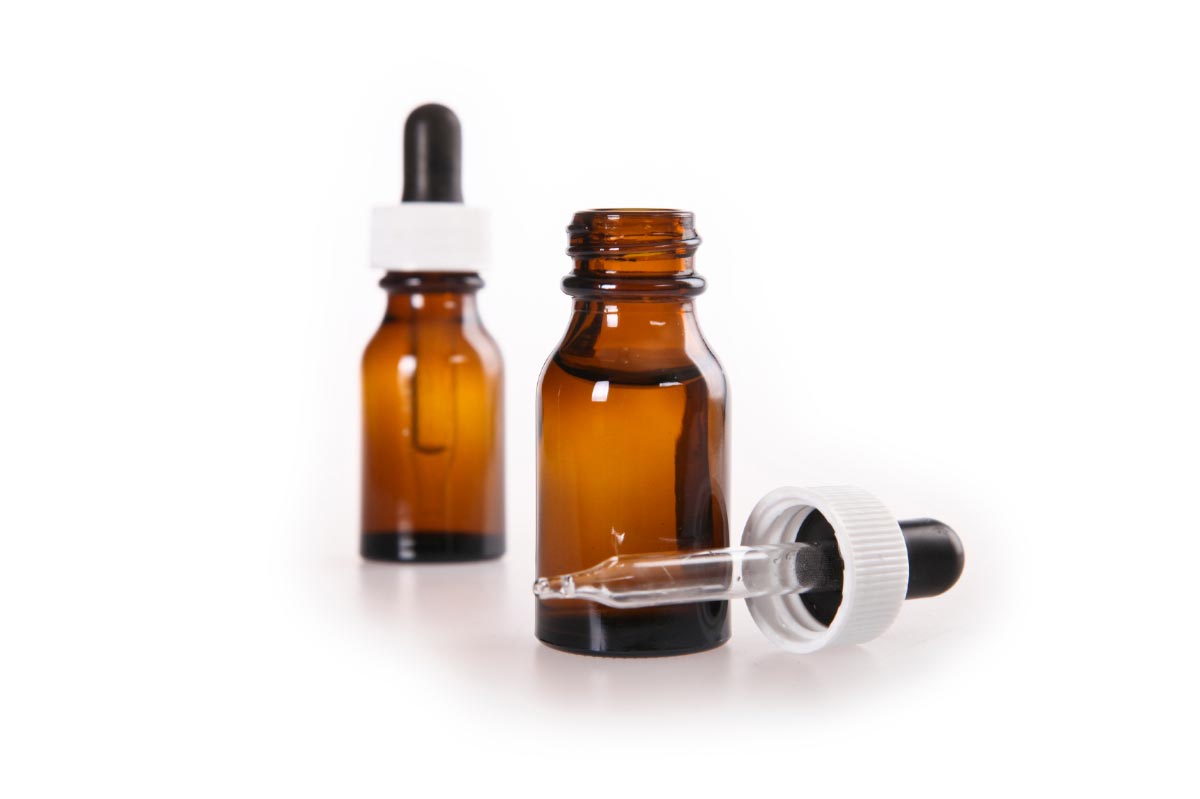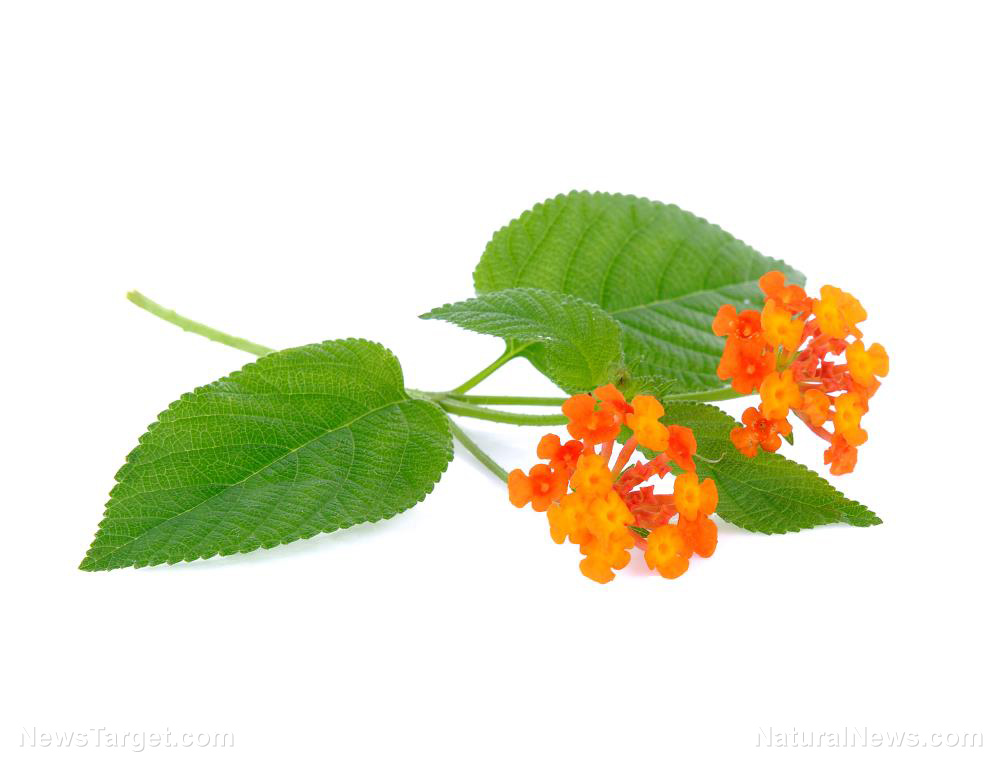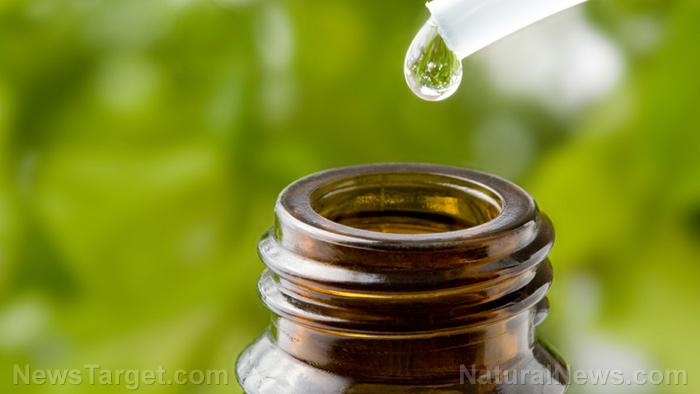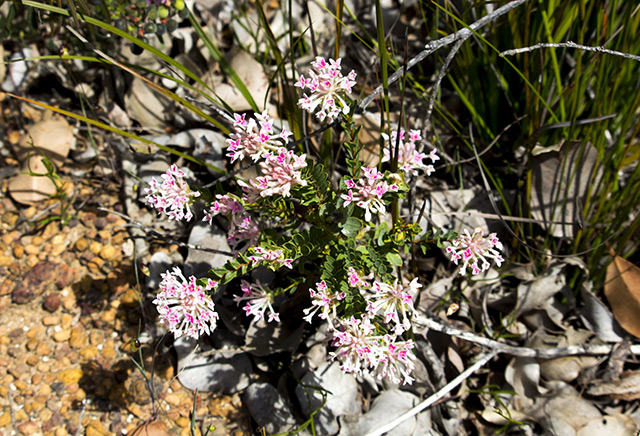Preparation and physicochemical properties of Ayurveda’s Mahamrutyunjaya Rasa make it useful in traditional treatments of cardiac disorders
04/02/2018 / By Ralph Flores

Ancient methods used to prepare Ayurvedic medicine have found a new ally in science, according to an article in the Journal of Ayurveda and Integrative Medicine. In the article, the researchers looked at Mahamrutyunjaya rasa (MHR), an ayurvedic formulation used to treat cardiovascular disorders, to determine the physical and chemical characteristics of its raw materials and analyze its manufacturing process.
- For the study, the researchers used visa (Aconitum ferox) and hingula (cinnabar) to make MHR. Solvents that were used included gandhaka (sulfur), tankana (sodium metaborate), chloroform, and toluene.
- The purification process differed for each ingredient. For A. ferox roots, it involved washing the roots with water and soaking it in cow urine for 48 hours. After soaking, these were washed in water and boiled in milk, washed again, and then dried. For gandhaka, it was first mixed with ghee, then heated to its melting temperature. The heated mixture was then filtered and poured into boiled milk. The final mixture was then isolated, washed with hot water, and dried. The team also made steps to purify hingula and tankana, collecting a sample from each step of the process.
- Using high-performance thin-layer chromatography (HPTLC), the researchers observed a change in the chemical concentration of alkaloids in the roots of A. ferox during the purification process. Infrared spectroscopy of the roots also revealed that the esters naturally present in A. ferox (peak at 1720 cm?1) are replaced with a keto-group (1676 cm?1).
- The results also revealed that elements with have a toxic nature – in this case, cinnabar and sulfur – could be made homologous to the body when it is treated or impregnated with organic material.
The researchers concluded that the traditional methods used in making MHR could be scientifically proven to reduce the toxicity of specific raw ingredients and make it therapeutically useful.
Find the full text of the study at this link.
Journal Reference:
Rai P, Rajput SJ. PREPARATION AND PHYSICOCHEMICAL CHARACTERIZATION OF INGREDIENTS OF INDIAN TRADITIONAL MEDICINE, MAHAMRUTYUNJAYA RASA. Journal of Ayurveda and Integrative Medicine. 2017; 8(3); DOI: 10.1016/j.jaim.2017.02.002
Tagged Under: Aconitum ferox, Ayurveda, ayurvedic formulation, Ayurvedic medicine, cardiac disorders, cardiovascular disorders, cinnabar, gandhaka, hingula, HPTLC, Mahamrutyunjaya rasa, metal toxicity, MHR, purification, sodium metaborate, Sulfur, tankana, Toxic Metals, visa roots
RECENT NEWS & ARTICLES
Herbs.News is a fact-based public education website published by Herbs News Features, LLC.
All content copyright © 2018 by Herbs News Features, LLC.
Contact Us with Tips or Corrections
All trademarks, registered trademarks and servicemarks mentioned on this site are the property of their respective owners.




















